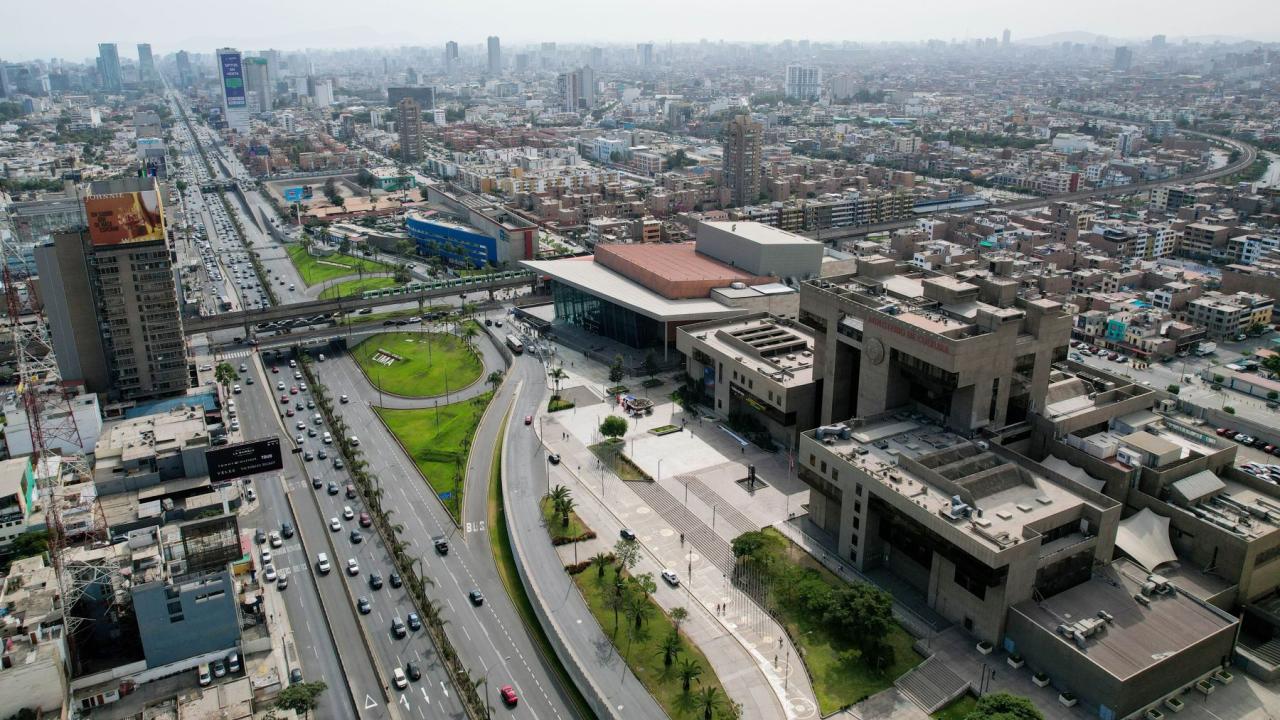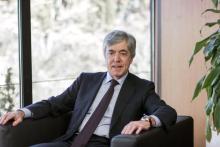
The bank's Economic Studies department noted that in 2025, GDP will enter the intermediate phase of the economic cycle, which is the longest phase but with more moderate growth rates.
According to the BCP's Monthly Macro and Markets Special Report, the cyclical recovery of the Peruvian economy will continue this year, closing 2025 with a GDP of around 3%.
Upside risks to 2025 would come from the mid-cycle phase gaining momentum through a series of new mining and infrastructure investment projects; a limited impact from local politics; and a copper price recovering to record highs again. In contrast, downside risks would come from increased local instability and a greater negative impact from renewed global trade and geopolitical tensions.
The BCP's Economic Studies department also noted that in 2025, the Peruvian economy will enter the intermediate phase of the economic cycle. Generally, the intermediate phase of the cycle is the longest, but more moderate growth rates are observed than in the early stage. In this intermediate phase, economic activity usually consolidates its dynamism, credit growth is strengthened and profits are favorable in a context of neutral monetary policy. Likewise, inventories and sales generally increase and reach equilibrium levels between the two.
In this regard, the BCP expects a dynamic first half of the year with non-primary economic growth of around 4%. While the last part of the year would be less dynamic as the period leading up to the 2026 elections approaches.
Regarding inflation, the report considers that after closing 2024 at the midpoint of the target range (2%), inflation is expected to close 2025 at around 2.5%, although according to recent reports of droughts in the north of the country (still with uncertain impact) could imply upward risks for inflation this year.
Finally, the Economic Studies Area of the BCP estimates that the Central Reserve Bank of Peru will gradually reduce its reference rate to 4.25%-4.50%









